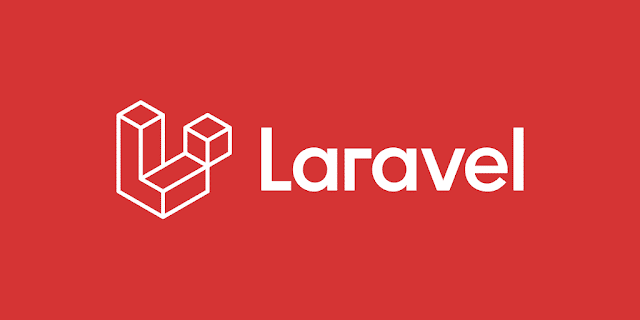Introduction:
Laravel, the renowned PHP framework, has continuously evolved to offer developers robust tools for building scalable web applications. With each iteration, Laravel enhances its features, making development more efficient and enjoyable. In Laravel 11, managing database schema becomes even more seamless with its migration system. Migrations enable developers to define and manipulate database schema using simple PHP code, offering a version control system for your database schema. In this article, we delve into the process of creating, running, and rolling back migrations in Laravel 11, empowering developers to efficiently manage database changes throughout the development lifecycle.
Creating Migrations:
Migrations in Laravel are essentially PHP files stored in the database/migrations directory. These files contain instructions to modify the database schema. To create a migration in Laravel 11, developers utilize the artisan command-line tool, which comes bundled with Laravel.
To create a migration, simply open your terminal and navigate to your Laravel project directory. Then execute the following artisan command:
php artisan make:migration create_table_name
Replace "create_table_name" with the desired name for your migration. This command generates a new migration file in the database/migrations directory with a timestamp prefix to ensure uniqueness.
Once the migration file is created, developers can define the schema changes within the generated file using Laravel's fluent migration API. This API provides expressive methods for creating and modifying database tables, columns, indexes, and foreign keys.
Running Migrations:
After creating migration files, developers need to execute them to apply the defined schema changes to the database. Laravel's migration system simplifies this process with the artisan migrate command.
To run all pending migrations, run the following command in your terminal:
php artisan migrate
This command executes all pending migrations in the database/migrations directory, applying the defined schema changes to the database. Laravel tracks the executed migrations in the migrations table of the database, ensuring that each migration is executed only once.
Rolling Back Migrations:
In the development process, it's common to need to revert schema changes due to errors or changes in requirements. Laravel's migration system facilitates this with the ability to rollback migrations.
To rollback the last migration batch, developers can use the following artisan command:
php artisan migrate:rollback
This command reverts the last batch of migrations, undoing the most recent schema changes applied to the database. Laravel maintains a batch number for each executed migration, allowing it to rollback migrations in the order they were executed.
Additionally, developers can specify the number of batches to rollback by passing the --step option followed by the desired number of steps:
php artisan migrate:rollback --step=3
This command would rollback the last three batches of migrations, reverting multiple schema changes in one go.
Conclusion:
In Laravel 11, managing database schema becomes effortless with its powerful migration system. By utilizing artisan commands, developers can create, run, and rollback migrations seamlessly, ensuring smooth database schema management throughout the development lifecycle. Whether creating new tables, modifying columns, or reverting changes, Laravel's migration system empowers developers to efficiently maintain database consistency and version control in their applications.




.jpg)
.png)


0 Comments